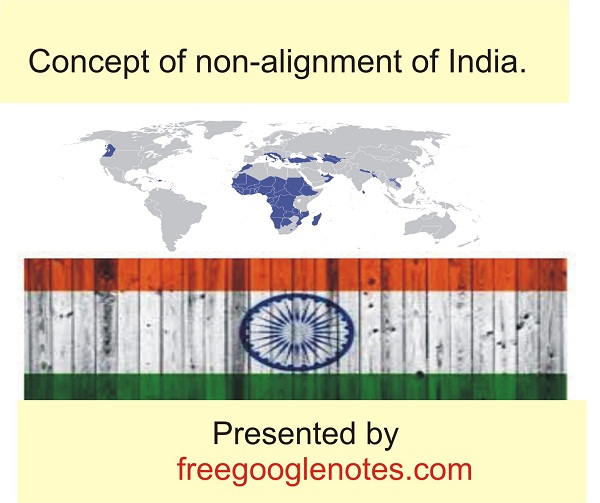
Concept of non-alignment of India.
Discuss the concept of non-alignment of India. FOR MORE FOLLOW @BLOGGER_PRIYA The concept of Non-Alignment The concept of non-alignment is India’s contribution to international relations. The policy that was announced by Jawaharlal Nehru, soon after taking over as interim Prime Minister, developed into the concept of non-alignment, 1t is said to be directly related to…












